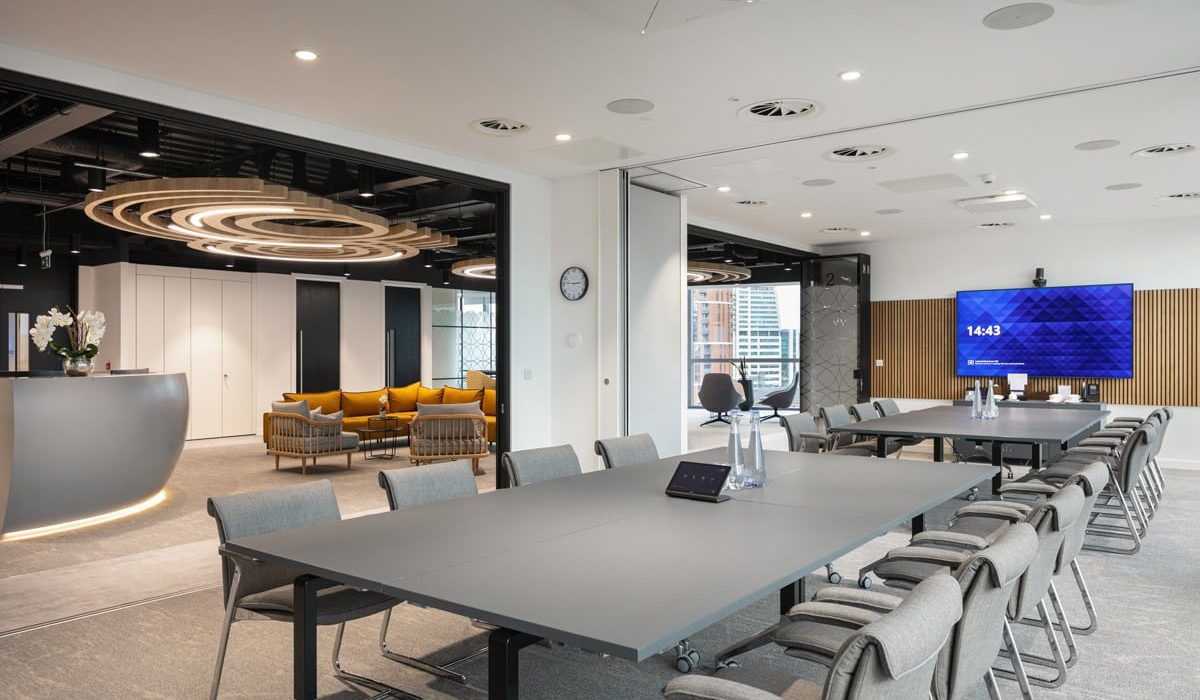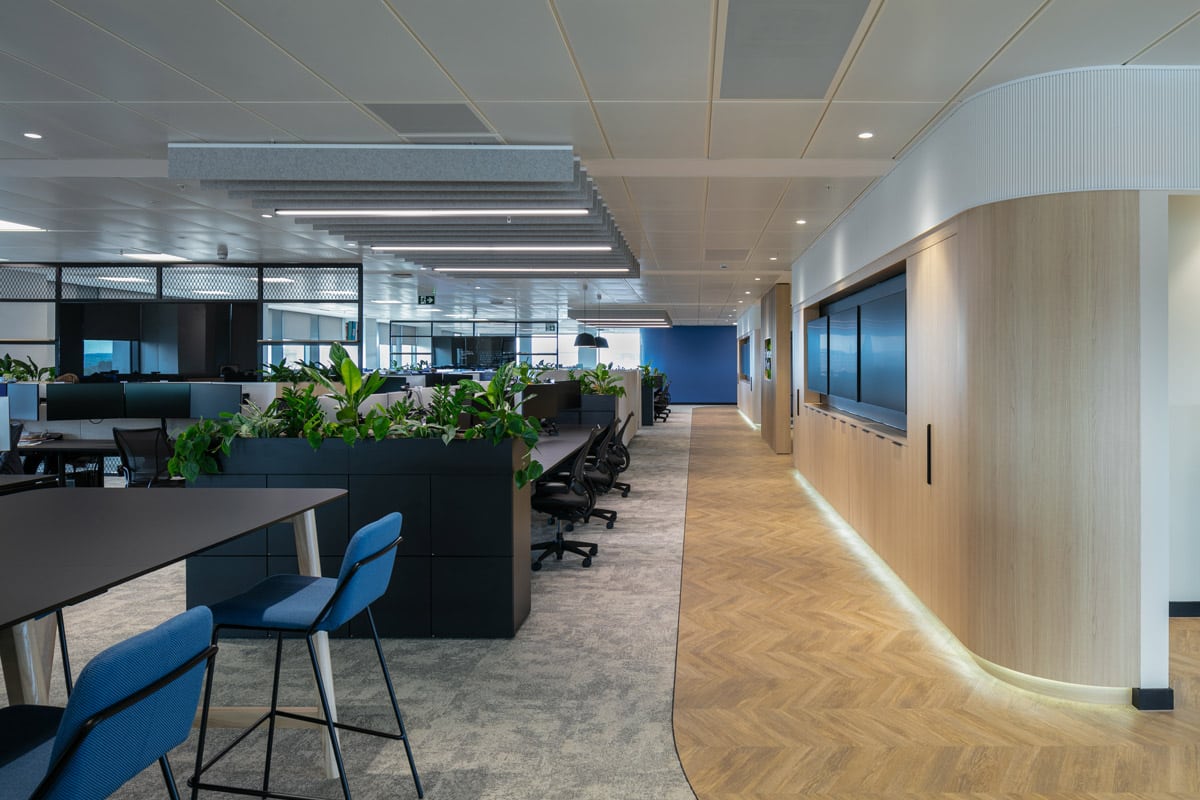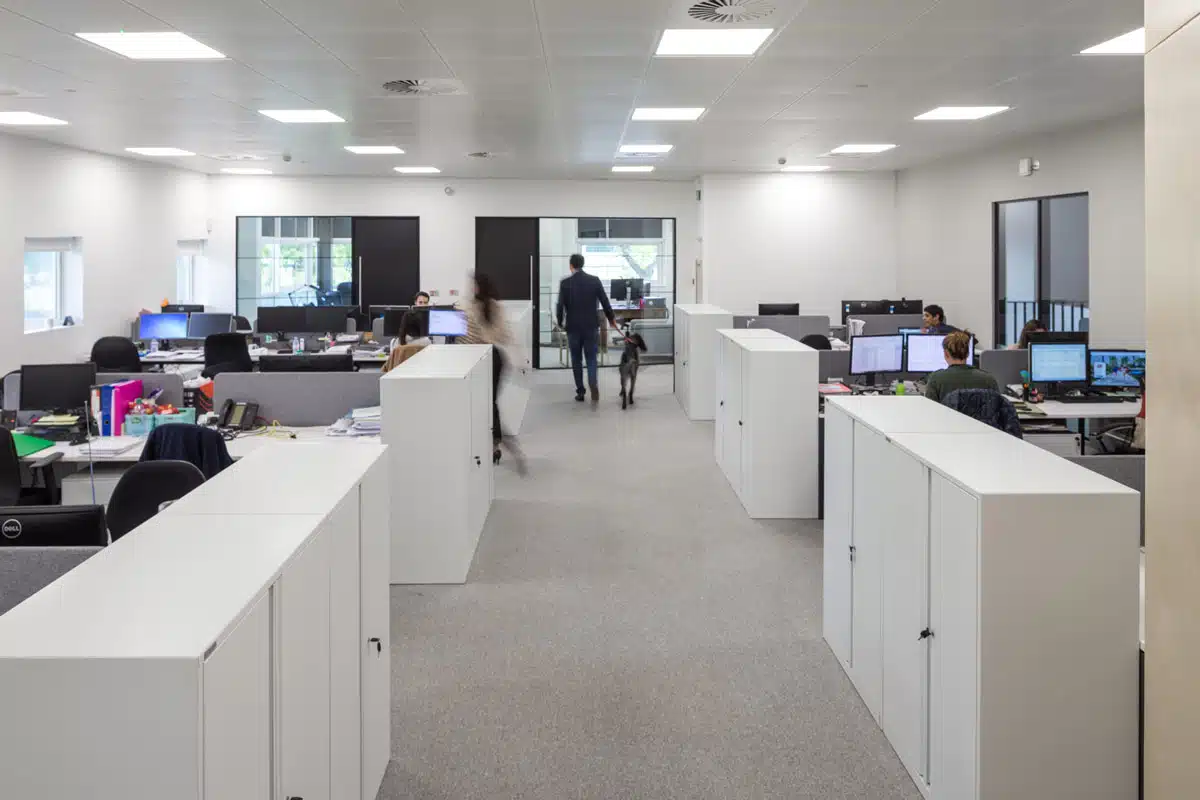Refurbishing your office can be a transformative step for your business—but it doesn’t need to mean shutting down operations or relocating staff. With the right approach, you can enhance your workspace while continuing day-to-day activities. The key lies in phased planning, clear communication, and working with an experienced fit-out partner.
In this guide, we explore how to refurbish your office without moving out, helping you create a better workplace without disrupting productivity.
Start with a Strategic Plan
Before any work begins, a thorough refurbishment plan is essential. Start by identifying your goals. Are you looking to improve collaboration, upgrade facilities, or support hybrid working? Once these objectives are clear, you can work out how to phase the project.
Planning the refurbishment in stages allows different areas of the office to be updated while others remain operational. This phased approach minimises disruption and helps maintain business continuity.
You should also consider timing. Avoid scheduling major works during peak periods or times of critical business activity. A trusted design and fit-out partner can help build a refurbishment schedule that works around your needs.
Carry Out a Workplace Audit
Understanding how your current space is used is crucial. A workplace audit can highlight which areas are most in use, when footfall is highest, and which zones could be vacated temporarily.
With this insight, your team can plan smarter refurb phases—perhaps starting with meeting rooms or unused spaces before tackling high-traffic zones. Data-driven insight ensures minimal interruption to your workforce.
If your team operates on a hybrid model, the refurbishment could even coincide with remote working days to reduce the number of people in the office during key phases.
Prioritise Communication and Flexibility
Transparent communication is vital throughout the process. Keep staff informed of what’s happening, when and where. Sharing floor plans, timelines, and clear signage helps everyone feel informed and supported.
Involving your team early also builds understanding and buy-in. It reduces frustration and ensures people know what to expect.
At the same time, flexibility is key. Things can change—delivery delays, material shortages, or noise limitations may impact progress. A responsive, agile project partner will help you navigate these challenges without stress.
Zone Off Refurbishment Areas
To maintain safety and reduce disruption, each refurbishment zone should be clearly separated from active working areas. Temporary walls or hoardings can help reduce noise and dust, while clearly marked walkways ensure easy navigation through the workspace.
Plan for quieter trades to take place during working hours, and more disruptive activities—like demolition or drilling—to happen after hours or at weekends where possible.
Access to toilets, kitchens, and breakout areas should be maintained at all times, or temporary alternatives arranged to avoid inconvenience.
Temporary Relocation Within the Office
If refurbishment work affects a key area, such as an open-plan space or a department hub, consider creating a temporary setup in another part of the building. Meeting rooms, quiet zones or even shared breakout spaces can be repurposed short-term as flexible work areas.
This keeps staff on-site and connected, without compromising on health and safety. It also helps maintain a sense of normality during the project.
Partner with an Experienced Fit-Out Team
The success of a live refurbishment depends on your project partner. Choose a workplace fit-out team that has experience delivering refurbishments in occupied spaces. They’ll be able to manage logistics, create a clear schedule, and communicate effectively with your team.
Look for partners who offer design, project management and build services all under one roof. This ensures a seamless experience and faster decision-making.
At ADT Workplace, we’ve delivered numerous live refurbishments for businesses across the UK—helping them remain fully operational while transforming their workspace for the future.
Don’t Forget Health, Safety and Wellbeing
When operating during a refurbishment, safety must be prioritised. All work must meet HSE regulations and your fit-out partner should carry out risk assessments before each phase begins.
Good ventilation, clear signage, and accessible fire exits must be maintained at all times. Equally important is looking after employee wellbeing. Regular feedback sessions and quick responses to concerns help keep morale high and avoid unnecessary stress.
Make the Most of the Disruption
While refurbishment naturally brings change, it’s also a chance to boost staff engagement. Ask employees for input on design features or furniture choices. Let them test new spaces or furniture options as each phase completes.
Involving the team in the transformation process can strengthen your workplace culture—and ensure the end result truly works for the people using it.
Conclusion
Refurbishing your office without moving out is entirely achievable with the right planning and the right partner. By phasing the project, keeping communication clear, and working flexibly, you can create an inspiring new workspace without pausing your business operations.
At ADT Workplace, we specialise in live refurbishments that put your people first. Get in touch today to discover how we can transform your space—without disrupting your day-to-day.







